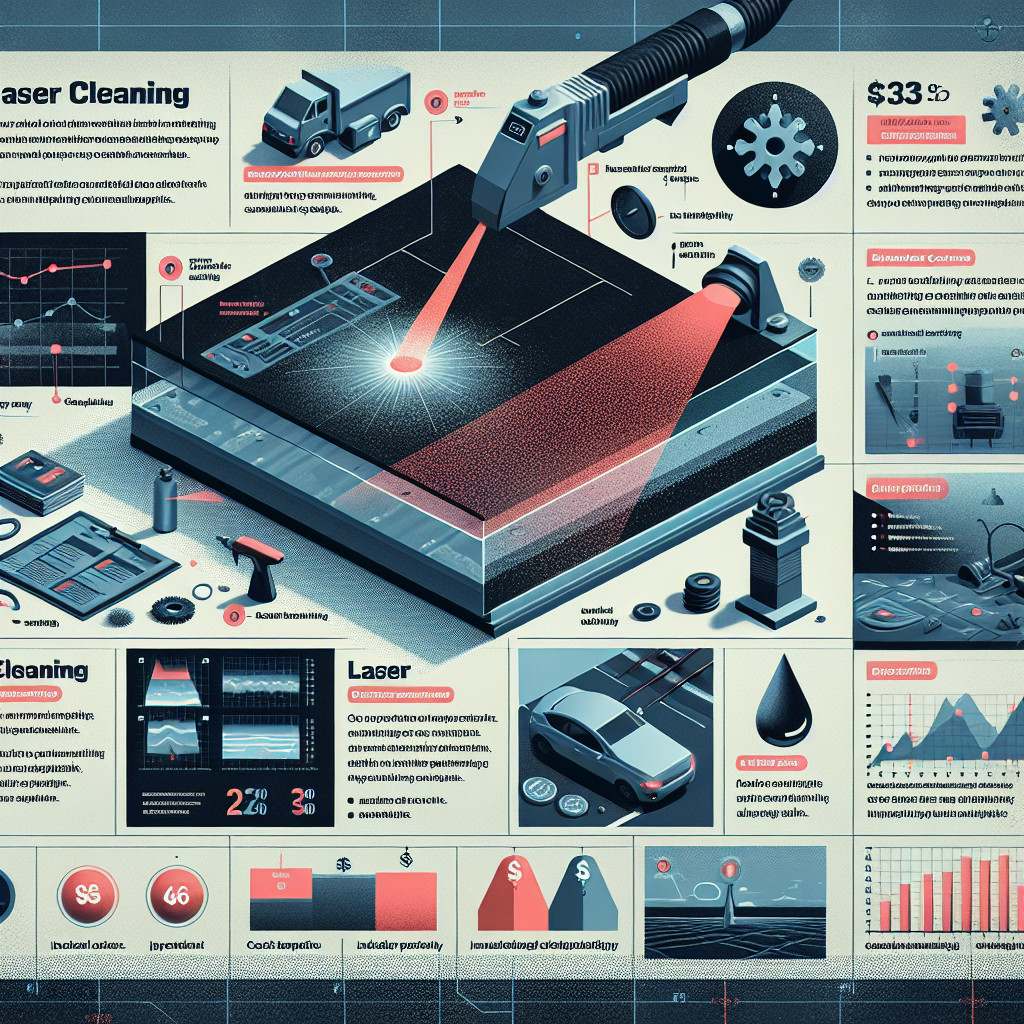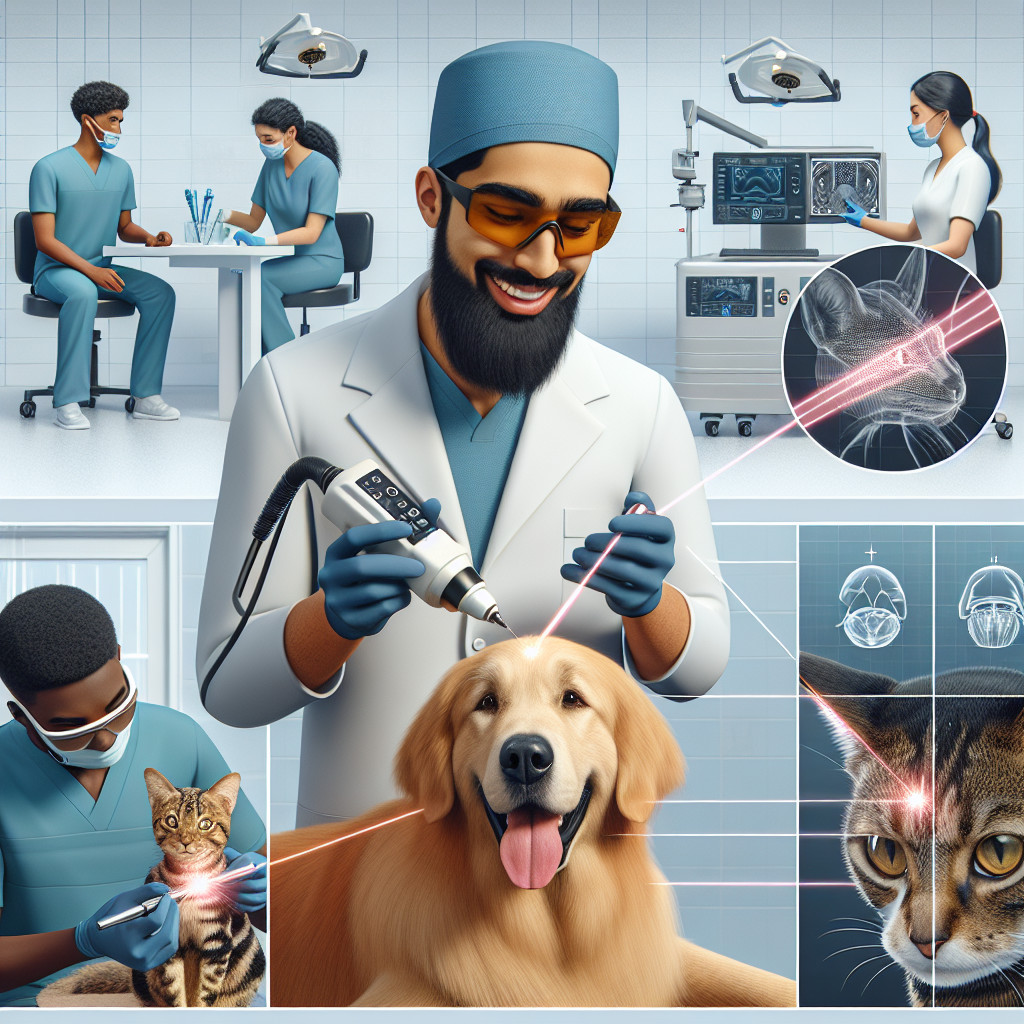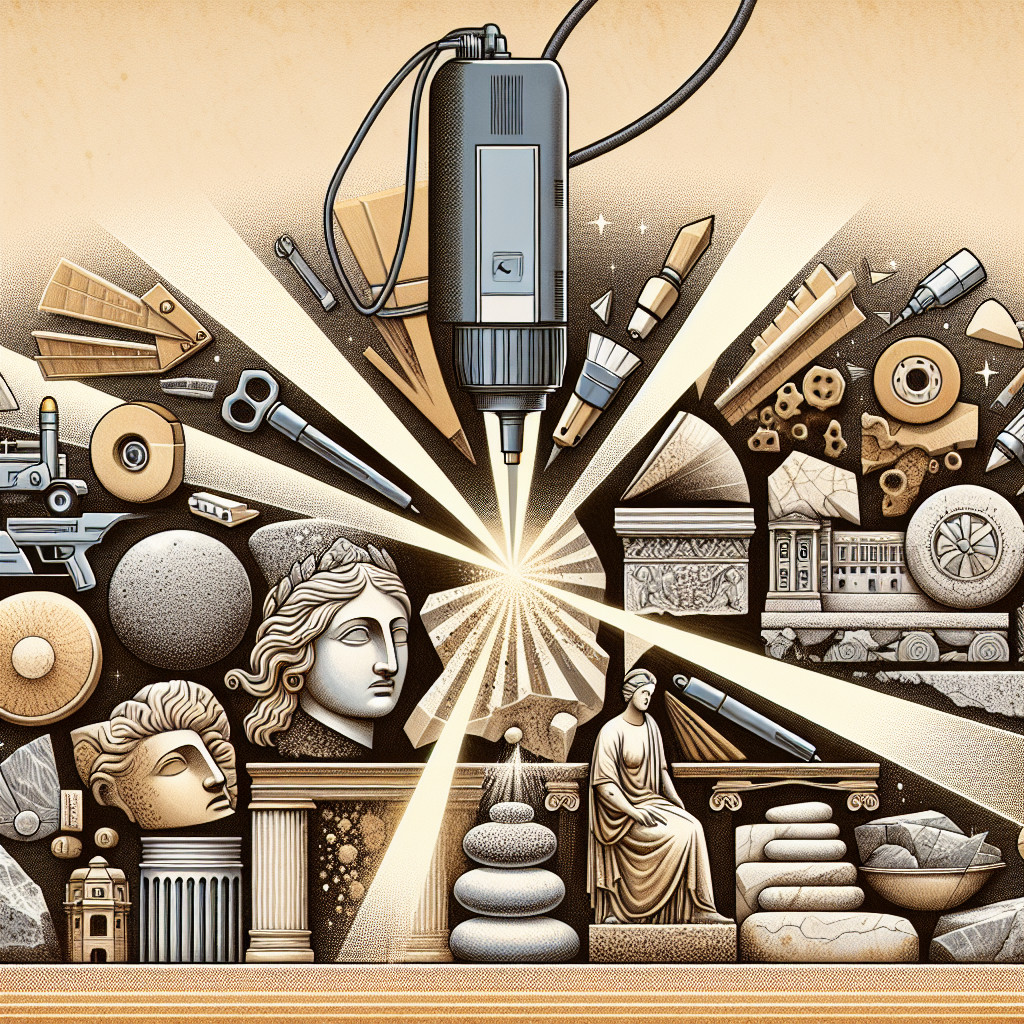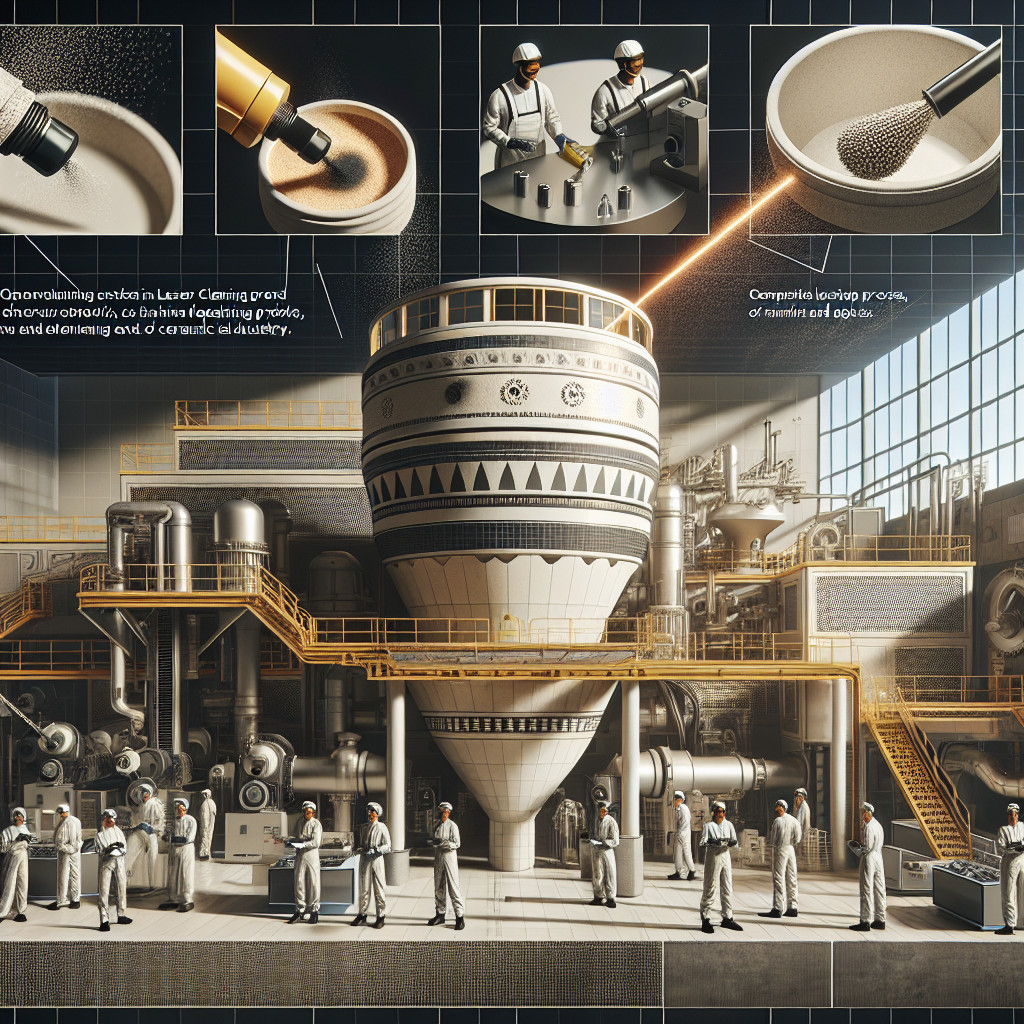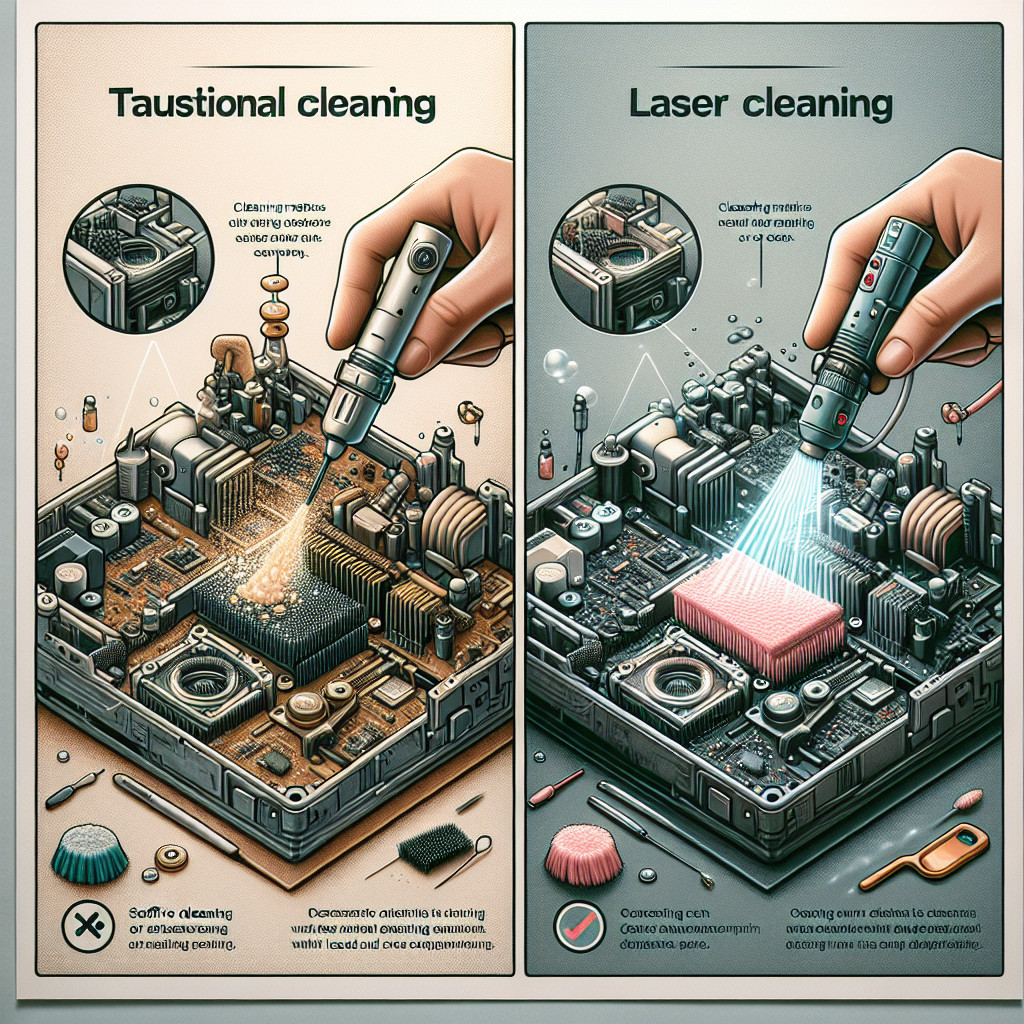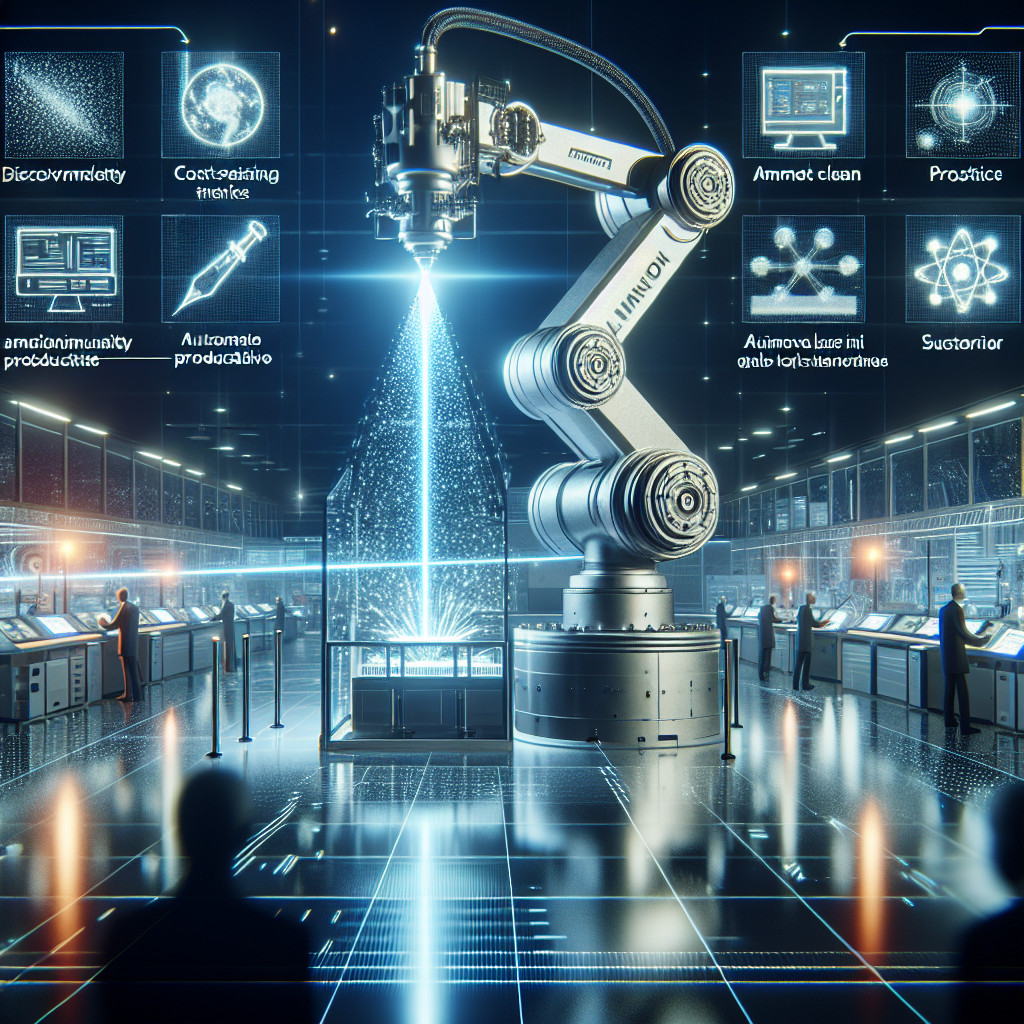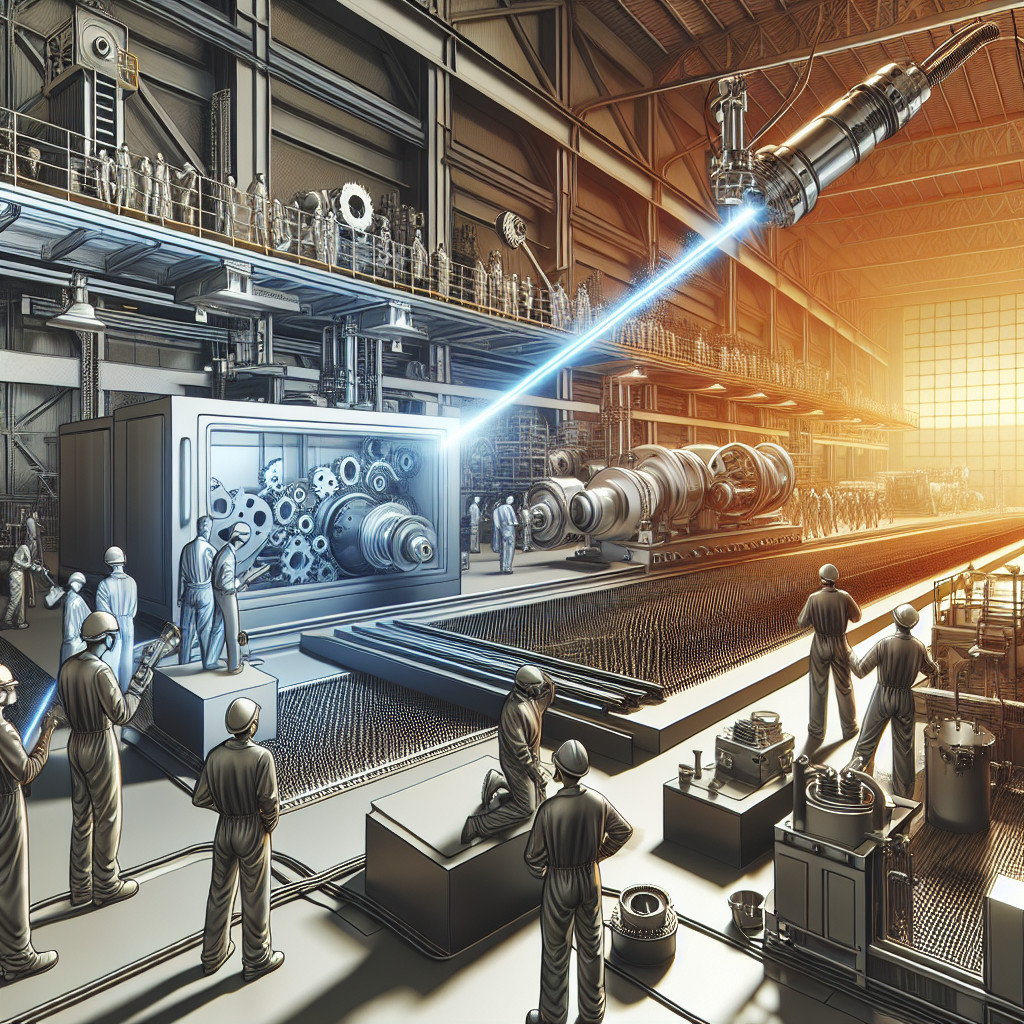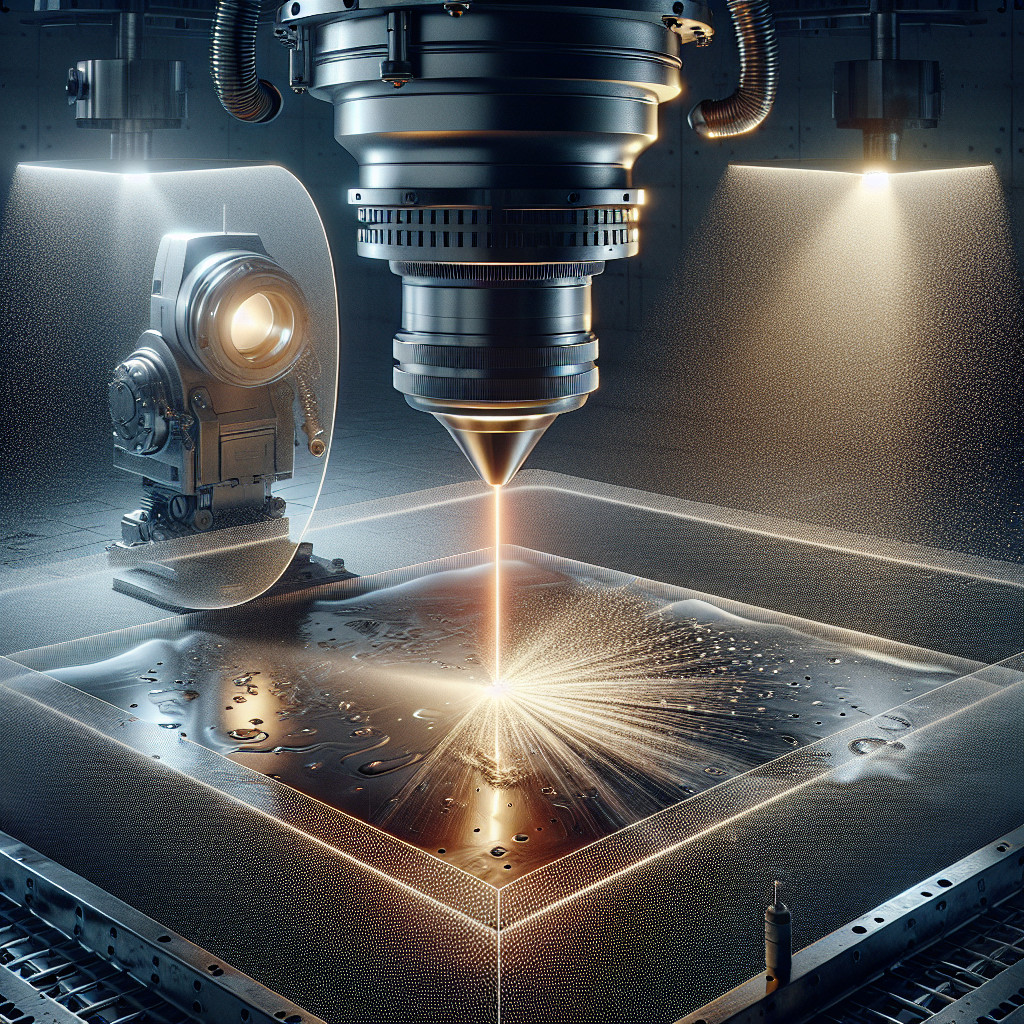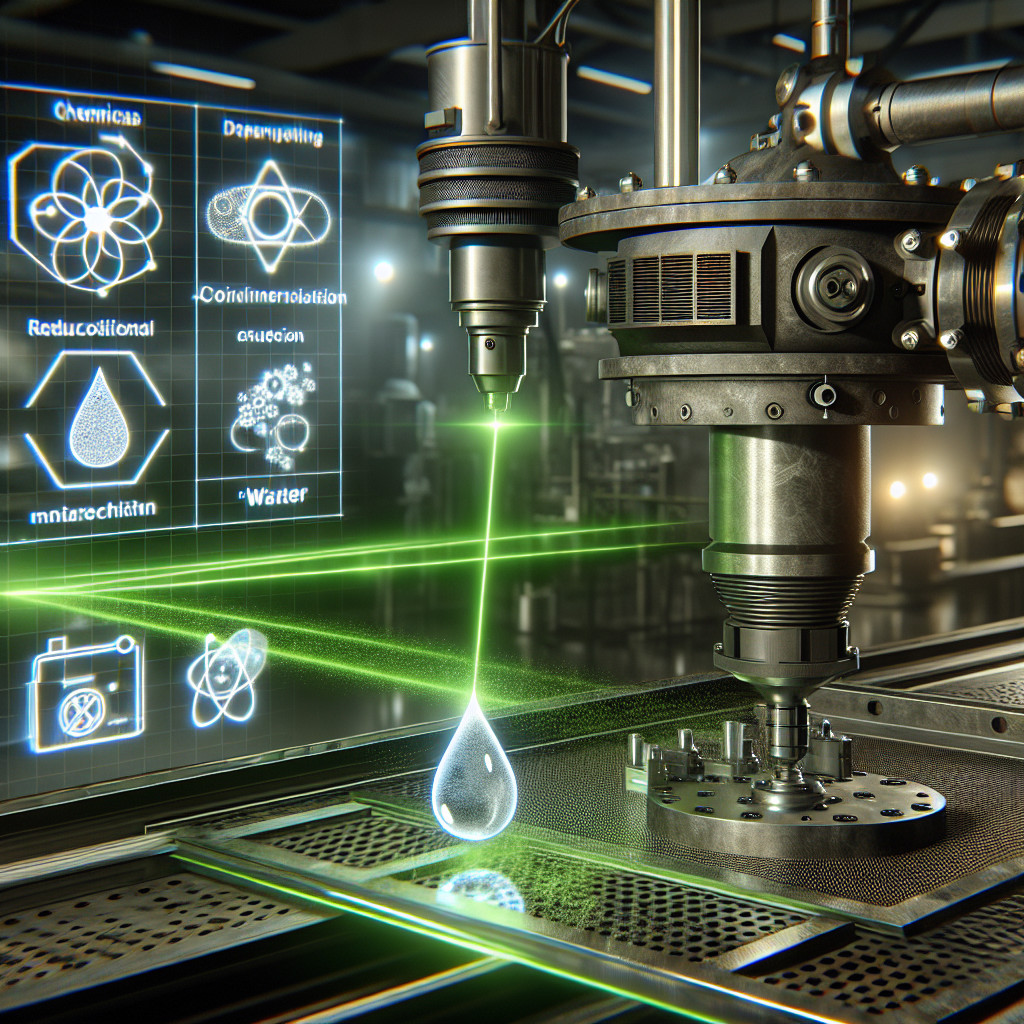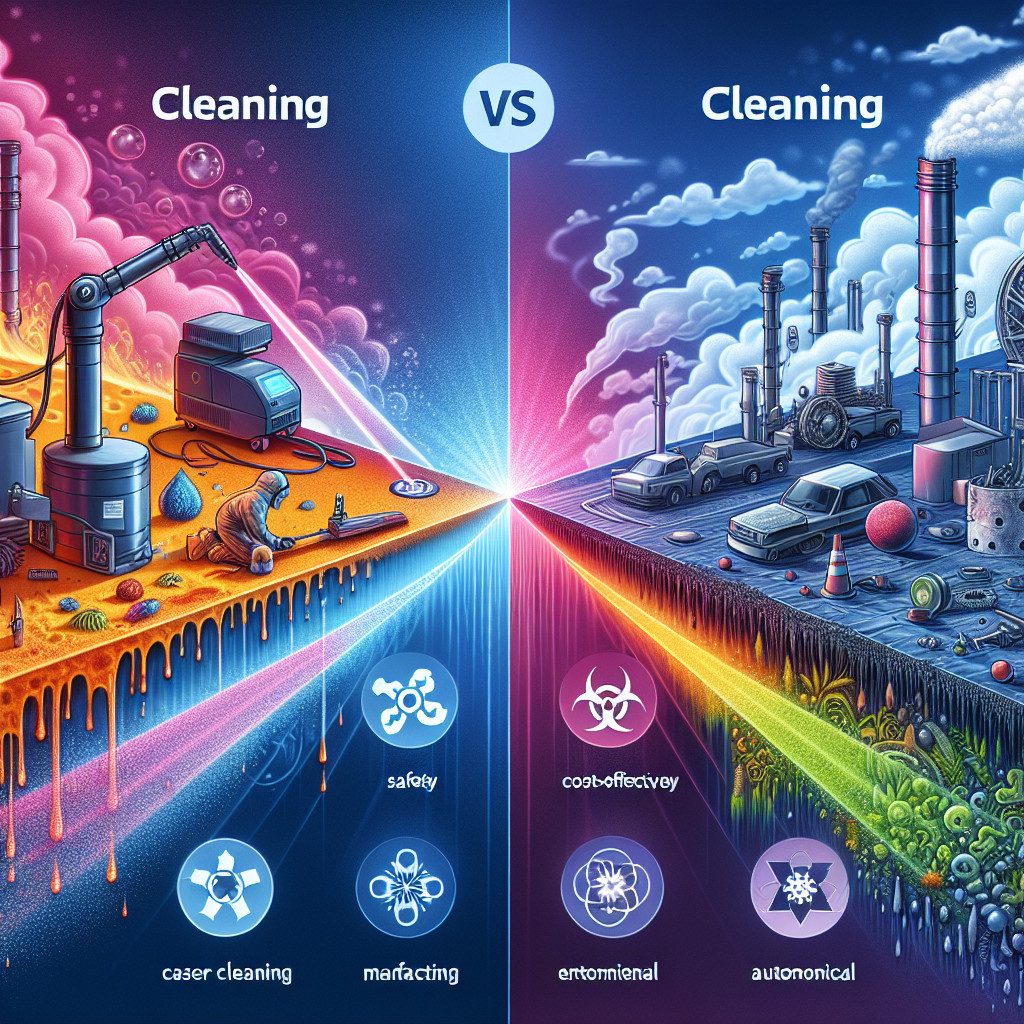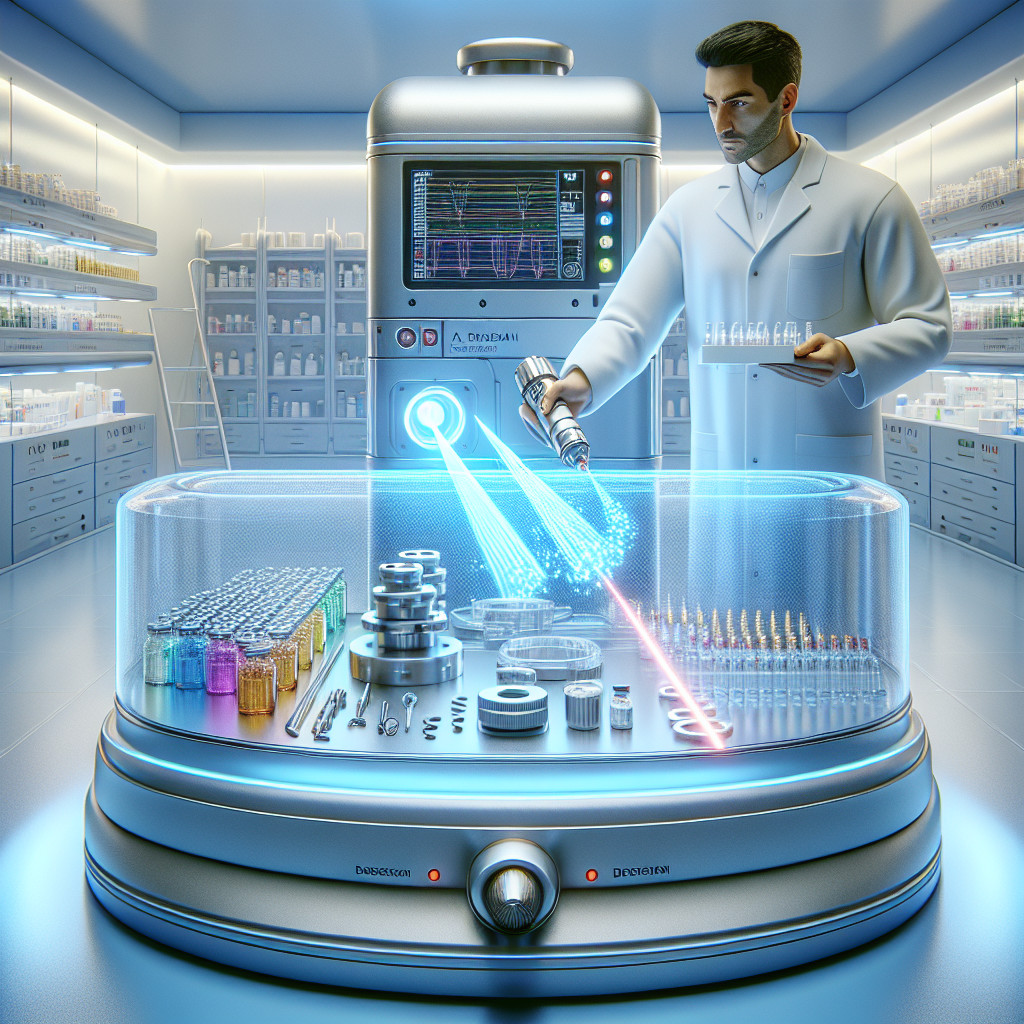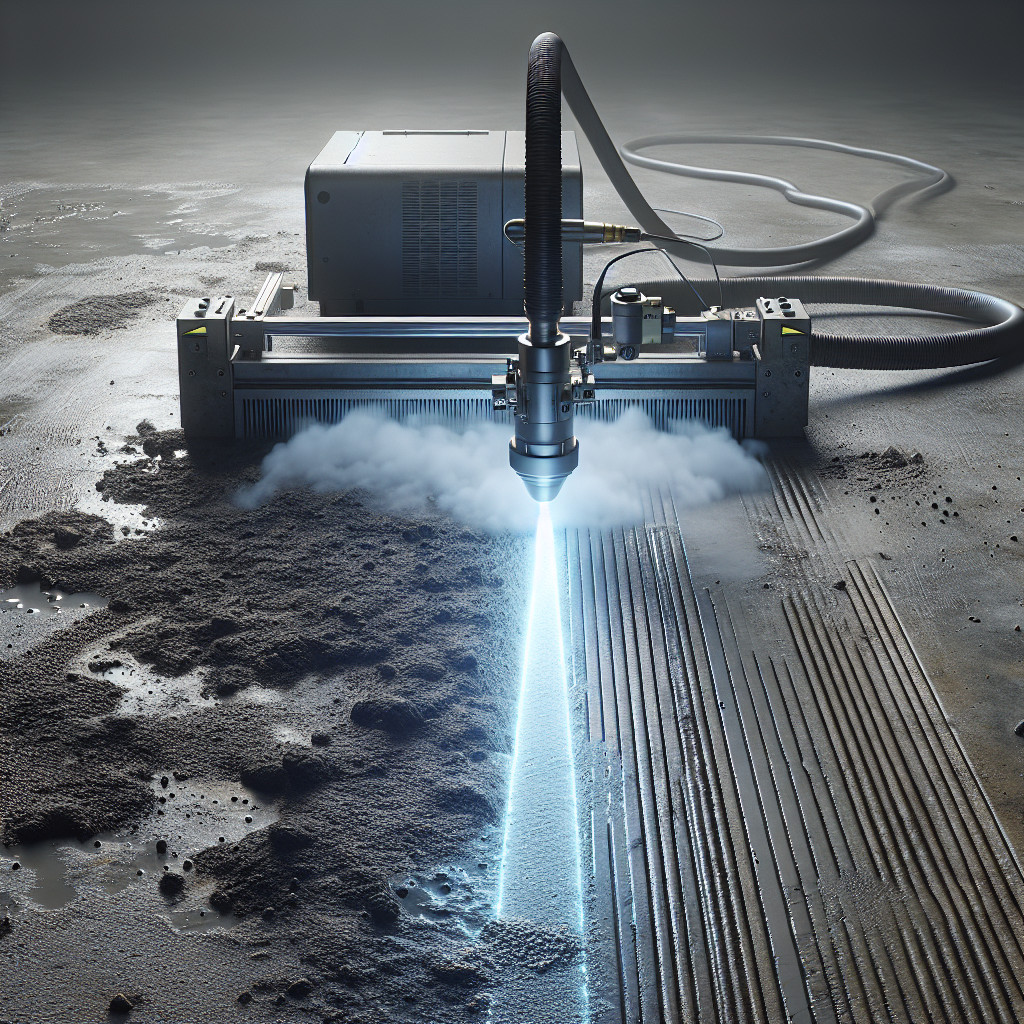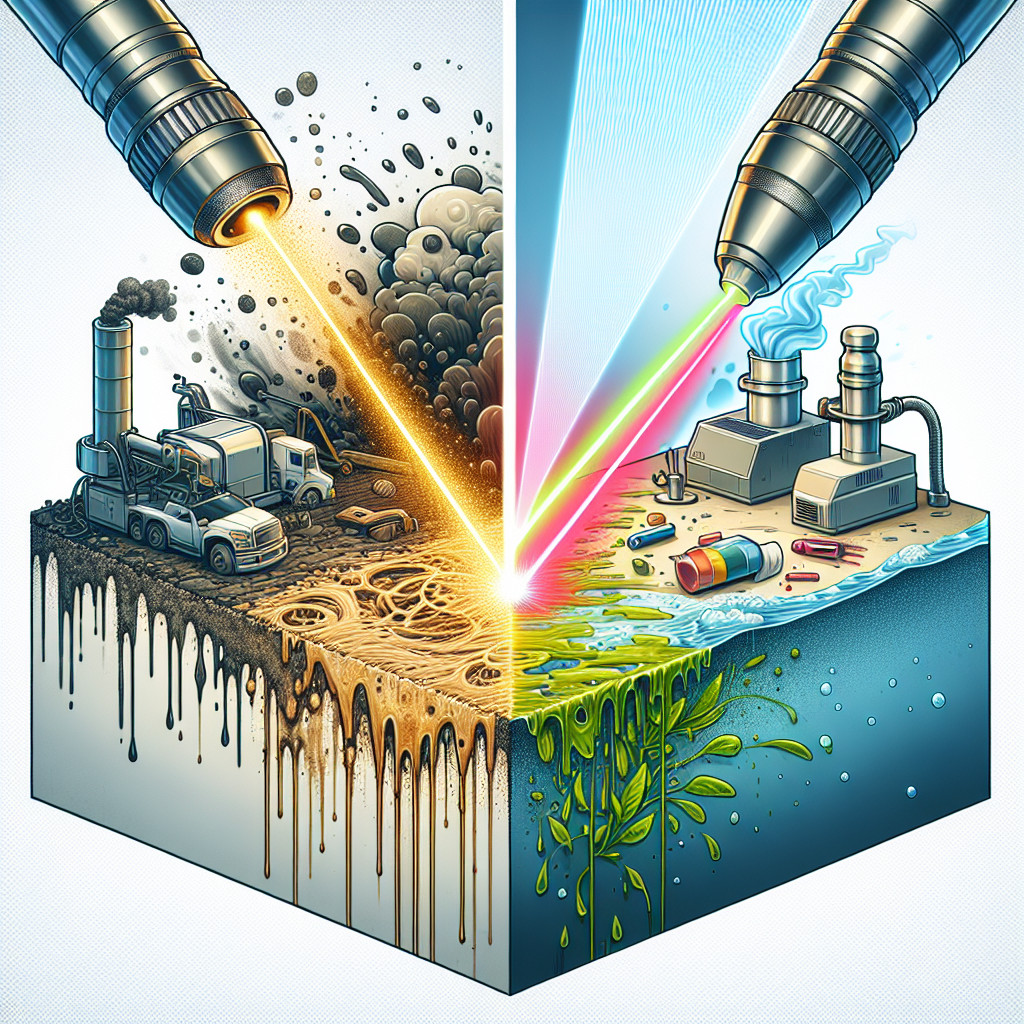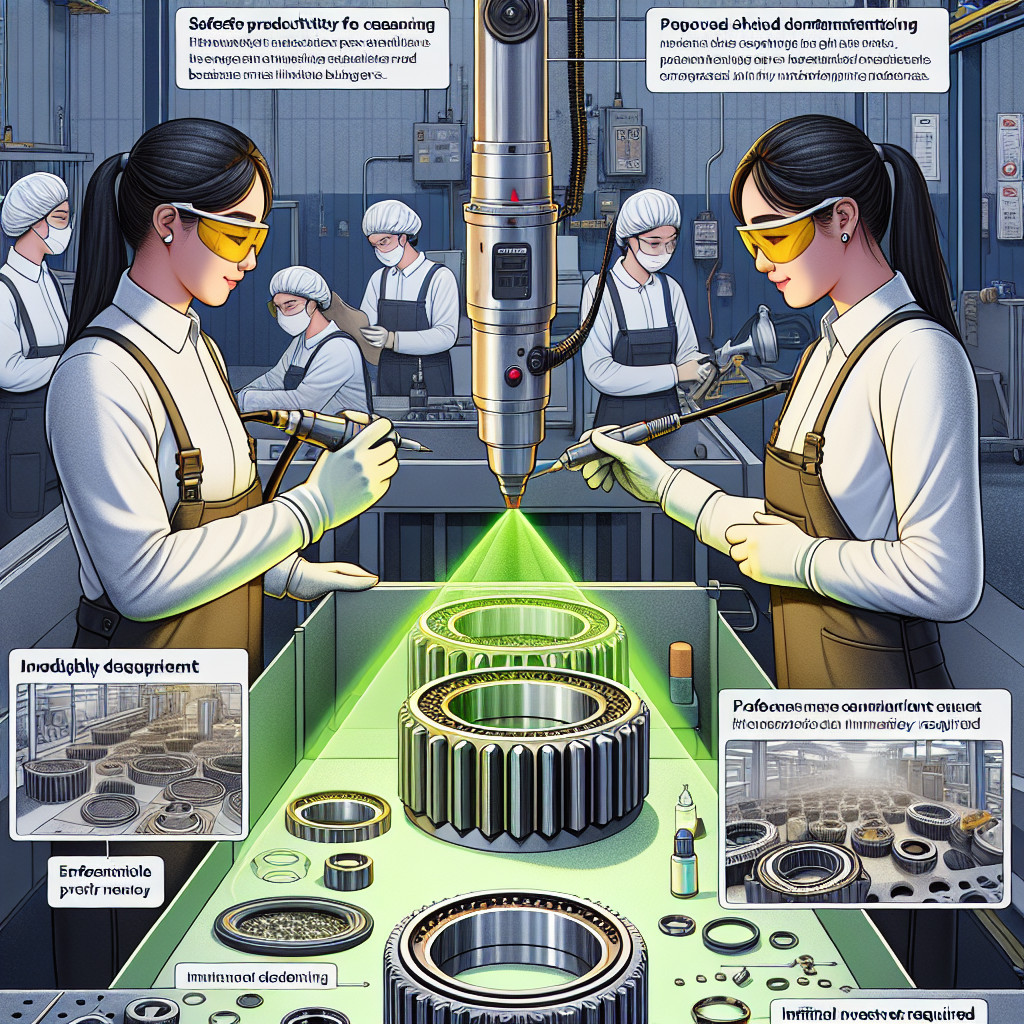- The non-abrasive nature of laser cleaning, which prevents damage to delicate surfaces
- The environmental benefits of laser cleaning, as it does not require the use of harmful chemicals
- The time-saving aspect of laser cleaning, as it can clean surfaces quickly and efficiently
- The safety of laser cleaning, as it eliminates the need for manual scrubbing or abrasive materials
- The long-term benefits of laser cleaning, as it can prevent the recurrence of contaminants
- The ability of laser cleaning to clean delicate and sensitive materials, such as artwork or historical artifacts
- The reduced risk of damage to surfaces during laser cleaning compared to traditional methods
- The ability of laser cleaning to clean surfaces without causing any damage to nearby components or parts
The non-abrasive nature of laser cleaning, which prevents damage to delicate surfaces
One of the key advantages of laser cleaning is its ability to target specific areas without affecting the surrounding material. This precision is particularly crucial when dealing with delicate surfaces that are prone to damage. Whether it is a historical artifact, a delicate piece of artwork, or a sensitive electronic component, laser cleaning ensures that the surface remains unharmed throughout the cleaning process.
The non-abrasive nature of laser cleaning is attributed to the controlled and localized energy delivery. The laser beam is focused on the target area, generating a high-intensity light that interacts with the contaminants. The energy from the laser causes the contaminants to heat up rapidly, leading to their vaporization or detachment from the surface. This process is highly effective in removing even the most stubborn substances, such as rust, paint, grease, or dirt, without causing any damage to the underlying material.
Another advantage of laser cleaning is its versatility. It can be used on a wide range of materials, including metals, ceramics, glass, stone, and even sensitive polymers. This versatility makes laser cleaning a valuable tool in various industries, such as automotive, aerospace, cultural heritage preservation, and electronics manufacturing. Whether it is restoring a vintage car, cleaning delicate sculptures, or preparing surfaces for bonding or coating, laser cleaning offers a safe and efficient solution.
In addition to its non-abrasive nature, laser cleaning also eliminates the need for harsh chemicals or solvents. Traditional cleaning methods often involve the use of toxic substances that can pose health and environmental risks. Laser cleaning, on the other hand, is a dry and eco-friendly process that relies solely on the power of light. This makes it a sustainable and environmentally responsible choice for surface cleaning and restoration.
Furthermore, laser cleaning reduces the need for manual labor and minimizes the risk of human error. The process can be automated, allowing for consistent and precise cleaning results. This not only saves time and effort but also ensures a higher level of quality control. Laser cleaning systems can be programmed to adjust the intensity and duration of the laser beam, making it possible to tailor the cleaning process to the specific requirements of each surface.
In conclusion, the non-abrasive nature of laser cleaning makes it an ideal solution for removing contaminants from delicate surfaces. Its precision, versatility, and eco-friendly characteristics make it a valuable tool in various industries. By harnessing the power of laser beams, this innovative technology ensures that surfaces remain undamaged while effectively removing unwanted substances. Laser cleaning is undoubtedly a game-changer in the field of surface cleaning and restoration.
Keywords: laser cleaning, non-abrasive, delicate surfaces, precision, contaminants, vaporization, detachment, versatility, materials, eco-friendly, automation, quality control.
Long-tail phrases:
1. Laser cleaning for delicate surfaces
2. Non-abrasive technology for surface restoration
3. Precision cleaning with laser beams
4. Versatile applications of laser cleaning
5. Eco-friendly solution for surface contaminants
6. Automation in laser cleaning processes
7. Quality control in laser cleaning
8. Safe and efficient surface restoration with lasers.
The environmental benefits of laser cleaning, as it does not require the use of harmful chemicals
Another environmental advantage of laser cleaning is its energy efficiency. Traditional cleaning methods often require a significant amount of energy to heat water or generate steam for cleaning purposes. In contrast, laser cleaning uses a highly concentrated beam of light to vaporize and remove contaminants from surfaces. This process requires less energy compared to traditional methods, resulting in lower energy consumption and reduced carbon emissions. By minimizing energy usage, laser cleaning helps to mitigate climate change and promote a more sustainable future.
Furthermore, laser cleaning offers a non-abrasive and precise cleaning method, which reduces the generation of waste. Traditional cleaning methods such as sandblasting or chemical cleaning often result in the production of waste materials that require proper disposal. These waste materials can be hazardous and contribute to landfill pollution. Laser cleaning, however, does not generate any waste as it directly vaporizes contaminants without causing damage to the underlying surface. This not only reduces the amount of waste generated but also eliminates the need for costly waste management practices.
In addition to its environmental benefits, laser cleaning also offers economic advantages. Although the initial investment in laser cleaning equipment may be higher compared to traditional cleaning methods, the long-term cost savings can be significant. Laser cleaning eliminates the need for purchasing and storing harmful chemicals, reducing operational costs. Moreover, the efficiency and precision of laser cleaning result in faster cleaning times, leading to increased productivity and reduced labor costs. These economic benefits make laser cleaning a viable and cost-effective solution for industries looking to improve their cleaning processes while minimizing their environmental impact.
In conclusion, laser cleaning is a technology that offers numerous environmental benefits compared to traditional cleaning methods. By eliminating the use of harmful chemicals, laser cleaning reduces the risk of human exposure to toxic substances and minimizes pollution. Its energy efficiency helps to mitigate climate change, while its non-abrasive and precise cleaning method reduces waste generation. Additionally, laser cleaning offers economic advantages through cost savings and increased productivity. As industries strive to become more sustainable, laser cleaning emerges as a promising solution for achieving efficient and environmentally friendly cleaning practices.
Keywords: laser cleaning, environmental benefits, harmful chemicals, sustainable, efficient, traditional cleaning methods, toxic substances, pollution, energy efficiency, carbon emissions, waste reduction, economic advantages, cost savings, productivity.
Long-tail phrases: laser cleaning as an environmentally friendly alternative, laser cleaning and its impact on pollution reduction, the energy efficiency of laser cleaning, waste reduction through laser cleaning, economic advantages of laser cleaning.
The time-saving aspect of laser cleaning, as it can clean surfaces quickly and efficiently
The speed at which laser cleaning can be performed is truly remarkable. Unlike traditional methods that require manual labor and multiple cleaning passes, laser cleaning can achieve the same results in a fraction of the time. The laser beam can cover a large surface area in a short period, significantly reducing cleaning time. This time-saving aspect is particularly beneficial in industries where efficiency is crucial, such as manufacturing, automotive, and aerospace.
Furthermore, laser cleaning is highly efficient in removing even the most stubborn contaminants. Whether it’s rust, paint, grease, or any other type of residue, laser cleaning can effectively eliminate them. The laser beam’s intensity and precision allow it to penetrate deep into the surface, breaking down the contaminants at a molecular level. This thorough cleaning process ensures that surfaces are left spotless and ready for further treatment or inspection.
In addition to its time-saving aspect, laser cleaning also offers cost-saving benefits. Traditional cleaning methods often require the purchase of cleaning agents, brushes, and other equipment. These expenses can quickly add up, especially for large-scale cleaning projects. Laser cleaning eliminates the need for such consumables, reducing overall cleaning costs. Moreover, the efficiency of laser cleaning means that fewer man-hours are required, further reducing labor costs.
The versatility of laser cleaning is another noteworthy aspect. It can be used on a wide range of surfaces, including metals, plastics, ceramics, and even delicate materials like glass and fabrics. This versatility makes laser cleaning suitable for various industries, from manufacturing and automotive to heritage restoration and conservation. Regardless of the surface type, laser cleaning can deliver exceptional results.
In conclusion, the time-saving aspect of laser cleaning is a game-changer in the cleaning industry. Its ability to clean surfaces quickly and efficiently, without the need for chemicals or abrasive materials, has revolutionized the way we approach cleaning tasks. The speed, efficiency, and cost-saving benefits of laser cleaning make it an invaluable tool in various industries. Whether it’s removing rust from a metal surface or restoring a delicate artifact, laser cleaning delivers exceptional results. Embracing this technology can significantly enhance productivity and streamline cleaning processes.
Keywords: laser cleaning, time-saving, efficiency, surface cleaning, contaminants, chemicals, abrasive materials, speed, manufacturing, automotive, aerospace, stubborn contaminants, cost-saving, versatility, metals, plastics, ceramics, glass, fabrics, heritage restoration, conservation.
Long-tail phrases:
– The benefits of laser cleaning in saving time and effort in surface cleaning.
– How laser cleaning revolutionizes the cleaning industry with its efficiency and speed.
– The cost-saving advantages of laser cleaning compared to traditional cleaning methods.
– The versatility of laser cleaning in various industries and surface types.
– The thorough and effective removal of stubborn contaminants with laser cleaning.
The safety of laser cleaning, as it eliminates the need for manual scrubbing or abrasive materials
The safety aspect of laser cleaning lies in its non-contact nature. Unlike manual scrubbing or abrasive cleaning methods, laser cleaning does not require physical contact with the surface. This eliminates the risk of injuries that may occur due to the mishandling of abrasive materials or the use of excessive force during scrubbing. Additionally, laser cleaning does not produce any harmful fumes or residues, further reducing the health hazards associated with traditional cleaning methods.
Another safety advantage of laser cleaning is its precision. The laser beam can be precisely controlled to target only the contaminants, leaving the underlying surface intact. This is particularly beneficial when cleaning delicate or intricate objects, where manual scrubbing or abrasive materials may cause damage. The ability to selectively remove contaminants without harming the surface ensures the preservation of valuable artifacts, machinery, or structures.
Furthermore, laser cleaning is a non-destructive process. It does not alter the physical or chemical properties of the cleaned surface, making it suitable for a wide range of materials, including metals, ceramics, plastics, and even sensitive materials like historical artifacts or artworks. This non-destructive nature of laser cleaning ensures that the cleaned objects retain their original integrity and functionality.
In terms of environmental impact, laser cleaning is a greener alternative to traditional cleaning methods. The elimination of chemicals and abrasive materials reduces the generation of hazardous waste and minimizes the release of pollutants into the environment. Additionally, laser cleaning consumes less energy compared to other cleaning techniques, making it a more sustainable option.
In conclusion, laser cleaning offers a safe and efficient solution for industrial cleaning needs. Its non-contact, precise, and non-destructive nature ensures the safety of workers and the preservation of cleaned objects. By eliminating the need for manual scrubbing or abrasive materials, laser cleaning reduces the risk of injuries and minimizes environmental impact. As industries continue to prioritize safety and sustainability, laser cleaning is poised to become the preferred method for achieving clean and pristine surfaces.
Keywords: laser cleaning, safety, manual scrubbing, abrasive materials, non-contact, non-destructive, precision, environmental impact, sustainable.
Long-tail phrases: revolutionary technology in industrial cleaning, environmentally friendly option, health risks associated with traditional cleaning methods, non-contact nature of laser cleaning, precision in targeting contaminants, preservation of valuable artifacts, non-destructive process, greener alternative, sustainable option for industrial cleaning.
The long-term benefits of laser cleaning, as it can prevent the recurrence of contaminants
Another long-term benefit of laser cleaning is its non-destructive nature. Unlike abrasive cleaning methods that can damage delicate surfaces or chemical solvents that may leave behind residue, laser cleaning is gentle and precise. The laser beam selectively targets the contaminants without affecting the underlying material, preserving its integrity and prolonging its lifespan. This non-destructive cleaning process reduces the need for frequent repairs or replacements, saving both time and money in the long run.
Furthermore, laser cleaning offers long-term benefits in terms of environmental sustainability. Traditional cleaning methods often involve the use of harsh chemicals that can be harmful to both human health and the environment. These chemicals can contaminate water sources, pollute the air, and contribute to the depletion of natural resources. Laser cleaning, on the other hand, is a clean and eco-friendly alternative. It does not require the use of any chemicals, making it a safe and sustainable cleaning solution. By choosing laser cleaning, industries can reduce their environmental footprint and contribute to a greener future.
In addition to its immediate and long-term benefits, laser cleaning also offers several advantages in terms of efficiency and versatility. Laser cleaning can be applied to a wide range of materials, including metals, plastics, ceramics, and even delicate surfaces like artwork or historical artifacts. It can effectively remove various contaminants, including paint, rust, grease, oil, and even graffiti. Moreover, laser cleaning is a fast and efficient process, capable of cleaning large areas in a short amount of time. This efficiency translates into increased productivity and reduced downtime, further enhancing its long-term benefits.
In conclusion, laser cleaning is a highly effective and versatile cleaning method that offers numerous long-term benefits. By removing contaminants at a microscopic level, laser cleaning prevents their recurrence, ensuring a cleaner and safer environment. Its non-destructive nature preserves the integrity of the cleaned surfaces, reducing the need for frequent repairs or replacements. Laser cleaning is also environmentally friendly, as it does not require the use of harsh chemicals. Additionally, its efficiency and versatility make it a valuable tool in various industries. Overall, laser cleaning is a technology that not only provides immediate results but also delivers long-term advantages.
Keywords: laser cleaning, contaminants, long-term benefits, microscopic level, non-destructive, environmental sustainability, efficiency, versatility.
Long-tail phrases: laser cleaning prevents the recurrence of contaminants, non-destructive laser cleaning, long-term benefits of laser cleaning, environmental sustainability of laser cleaning, efficiency and versatility of laser cleaning.
The ability of laser cleaning to clean delicate and sensitive materials, such as artwork or historical artifacts
Another benefit of laser cleaning is its versatility. Different types of lasers can be used depending on the nature of the material being cleaned. For example, a pulsed laser is often employed for removing thick layers of dirt or paint, while a continuous wave laser is more suitable for delicate surfaces. Additionally, lasers can be used in combination with other techniques, such as spectroscopy or imaging, to provide a comprehensive analysis of the object’s condition and guide the cleaning process.
Laser cleaning also offers a number of advantages over traditional methods in terms of safety and environmental impact. Unlike chemical cleaning agents, lasers do not produce toxic fumes or residues that can pose health risks to conservators or damage the environment. Furthermore, laser cleaning is a dry process, eliminating the need for water or solvents that can potentially seep into the material and cause long-term damage.
Despite its numerous advantages, laser cleaning does have some limitations. For instance, certain materials, such as those with highly reflective or transparent surfaces, may not respond well to laser treatment. In such cases, alternative cleaning methods may need to be considered. Additionally, laser cleaning can be a time-consuming process, especially when dealing with large or complex objects. However, the benefits of using laser technology often outweigh these limitations, making it a valuable tool in the conservation and restoration of delicate and sensitive materials.
In conclusion, laser cleaning has revolutionized the field of conservation and restoration by offering a non-contact, non-invasive, and precise method for cleaning delicate and sensitive materials. Its ability to effectively remove dirt and contaminants without causing damage has made it an invaluable tool for conservators working with artwork and historical artifacts. By tailoring the laser parameters to the unique characteristics of each object, conservators can achieve optimal cleaning results while minimizing the risk of harm. Furthermore, laser cleaning is a safe and environmentally friendly alternative to traditional cleaning methods. Despite its limitations, laser cleaning has proven to be an indispensable technique in preserving our cultural heritage.
Keywords: laser cleaning, delicate materials, sensitive materials, artwork, historical artifacts, conservation, restoration, non-contact, non-invasive, precision, control, versatility, safety, environmental impact, limitations, alternative methods, time-consuming, cultural heritage.
Long-tail phrases: laser cleaning in conservation and restoration, non-contact cleaning of delicate materials, precision cleaning of sensitive artwork, laser cleaning for historical artifact preservation, advantages of laser cleaning in conservation, limitations of laser cleaning, laser cleaning in cultural heritage preservation.
The reduced risk of damage to surfaces during laser cleaning compared to traditional methods
Another advantage of laser cleaning is its precision and control. Laser systems can be adjusted to deliver the exact amount of energy required for cleaning, ensuring that only the targeted contaminants are removed while leaving the underlying surface intact. This level of precision is particularly crucial when dealing with intricate or complex surfaces, where traditional methods may struggle to reach or clean effectively without causing damage.
Furthermore, laser cleaning is a non-abrasive method, meaning it does not rely on harsh chemicals or abrasive materials to remove contaminants. Traditional methods often involve the use of chemicals that can be harmful to both the environment and human health. Additionally, abrasive materials can cause wear and tear on surfaces over time. Laser cleaning eliminates the need for these potentially damaging elements, making it a more environmentally friendly and sustainable option.
In terms of efficiency, laser cleaning also outperforms traditional methods. The focused laser beams can quickly and effectively remove contaminants, reducing the cleaning time significantly. This efficiency not only saves time but also reduces labor costs associated with cleaning processes. Additionally, laser cleaning systems can be automated, further enhancing productivity and reducing the need for manual labor.
Despite its numerous advantages, laser cleaning does have some limitations. For instance, it may not be suitable for certain materials that are highly reflective or absorbent to laser energy. Additionally, the initial investment cost for laser cleaning equipment can be higher compared to traditional cleaning methods. However, the long-term benefits, including reduced maintenance costs and increased lifespan of surfaces, often outweigh the initial investment.
In conclusion, laser cleaning offers a reduced risk of damage to surfaces compared to traditional cleaning methods. Its non-contact nature, precision, and control make it a safer option for delicate or sensitive materials. The non-abrasive nature of laser cleaning also makes it more environmentally friendly and sustainable. Furthermore, laser cleaning is highly efficient, saving time and reducing labor costs. While it may have some limitations, the long-term benefits make it a worthwhile investment for industries and applications that require effective and safe cleaning methods.
Keywords: laser cleaning, reduced risk, damage to surfaces, traditional methods, non-contact, precision, control, non-abrasive, efficiency, environmentally friendly, sustainable, limitations, investment cost.
Long-tail phrases:
– The advantages of laser cleaning compared to traditional methods
– How laser cleaning reduces the risk of surface damage
– The precision and control of laser cleaning
– The environmental benefits of laser cleaning
– The efficiency of laser cleaning compared to traditional methods
– Limitations of laser cleaning
– The long-term benefits of laser cleaning
– The cost-effectiveness of laser cleaning.
The ability of laser cleaning to clean surfaces without causing any damage to nearby components or parts
One of the key advantages of laser cleaning is its ability to selectively remove contaminants without damaging the underlying material. The laser beam can be adjusted in terms of its intensity, duration, and focus, allowing for precise control over the cleaning process. This means that even delicate or sensitive components, such as electronic circuits, optical lenses, or historical artifacts, can be safely cleaned without any risk of damage.
Another advantage of laser cleaning is its versatility. It can be used on a wide range of materials, including metals, plastics, ceramics, glass, or stone. This makes it suitable for various industries, such as automotive, aerospace, electronics, cultural heritage preservation, or manufacturing. Laser cleaning can effectively remove contaminants from surfaces of different shapes, sizes, or complexities, including intricate or hard-to-reach areas.
In addition to its cleaning capabilities, laser cleaning also offers other benefits. For example, it is an environmentally friendly method, as it does not require the use of chemicals or generate hazardous waste. It is also a non-abrasive process, which means that it does not create any secondary waste or damage the surface being cleaned. Furthermore, laser cleaning is a fast and efficient method, as it can remove contaminants in a matter of seconds or minutes, depending on the size and condition of the surface.
In conclusion, laser cleaning is a highly effective and safe method for cleaning surfaces without causing any damage to nearby components or parts. Its non-contact and precise nature make it suitable for a wide range of applications, from industrial cleaning to delicate restoration projects. With its ability to selectively remove contaminants and its environmental and efficiency advantages, laser cleaning is becoming an increasingly popular choice in the field of surface cleaning and restoration.
Keywords: laser cleaning, surface cleaning, non-contact cleaning, precise cleaning, gentle cleaning, selective cleaning, surface restoration, non-damaging cleaning, delicate components, electronic circuits, optical lenses, historical artifacts, versatile cleaning, environmental friendly cleaning, non-abrasive cleaning, fast cleaning, efficient cleaning.
Long-tail phrases: ability of laser cleaning to clean surfaces without causing damage, laser cleaning without damage to nearby components, non-contact and precise cleaning with laser, gentle yet effective laser cleaning, selective removal of contaminants with laser, laser cleaning for delicate components, laser cleaning for electronic circuits, laser cleaning for optical lenses, laser cleaning for historical artifacts, versatile laser cleaning for different materials, environmentally friendly laser cleaning, non-abrasive laser cleaning, fast and efficient laser cleaning.
- Laser cleaning and long-term cost savings – cost analysis - February 29, 2024
- Laser cleaning and reducing emissions of harmful substances - February 28, 2024
- Can laser cleaning be used in veterinary medicine? - February 28, 2024



